Vegetable bananas, also known as "plantains," are a variety of banana that differs from the typical dessert banana in both taste and texture. They are commonly grown in tropical regions and are an essential part of the diet in many countries across Africa, the Caribbean, Asia, and Latin America. While plantains are often overshadowed by sweet bananas, they are a versatile and nutritious food with a wide range of health benefits. Additionally, their cultivation method plays a crucial role in ensuring consistent and sustainable production.
Health Benefits of Eating Vegetable Bananas
Rich in Nutrients: Plantains are packed with essential nutrients that contribute to overall health. They are an excellent source of complex carbohydrates, providing a steady release of energy. A medium-sized plantain contains a good amount of dietary fiber, which supports digestive health by promoting regular bowel movements and preventing constipation. Plantains are also rich in vitamins such as vitamin C, which helps in boosting the immune system and protecting cells from oxidative stress. Vitamin A, found in plantains, is crucial for maintaining healthy vision, skin, and mucous membranes.
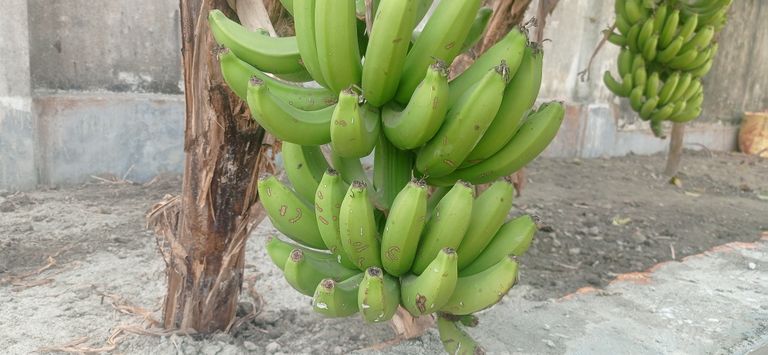
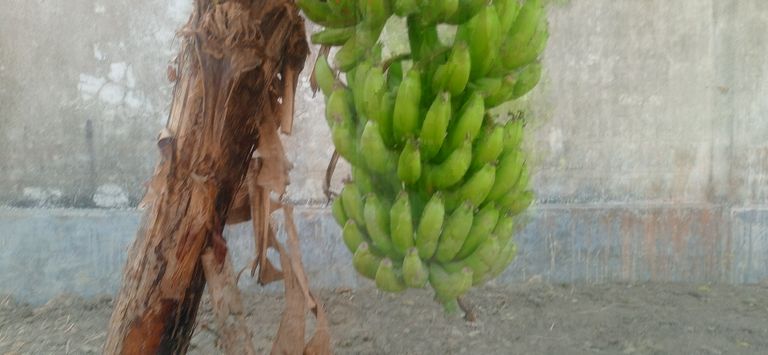
High in Potassium: One of the standout features of plantains is their high potassium content. Potassium is essential for maintaining proper heart function, muscle contractions, and nerve signaling. It helps in balancing the body’s fluids and controlling blood pressure. Including plantains in the diet is an effective way to help prevent hypertension (high blood pressure), a condition that can lead to cardiovascular diseases if left untreated.
Low Glycemic Index: Plantains have a lower glycemic index (GI) than regular bananas, making them an excellent food choice for individuals with diabetes or those seeking to manage blood sugar levels. The low GI means that plantains are digested more slowly, providing a gradual and sustained release of glucose into the bloodstream. This characteristic helps avoid the sharp spikes in blood sugar that are typically seen with high-GI foods.
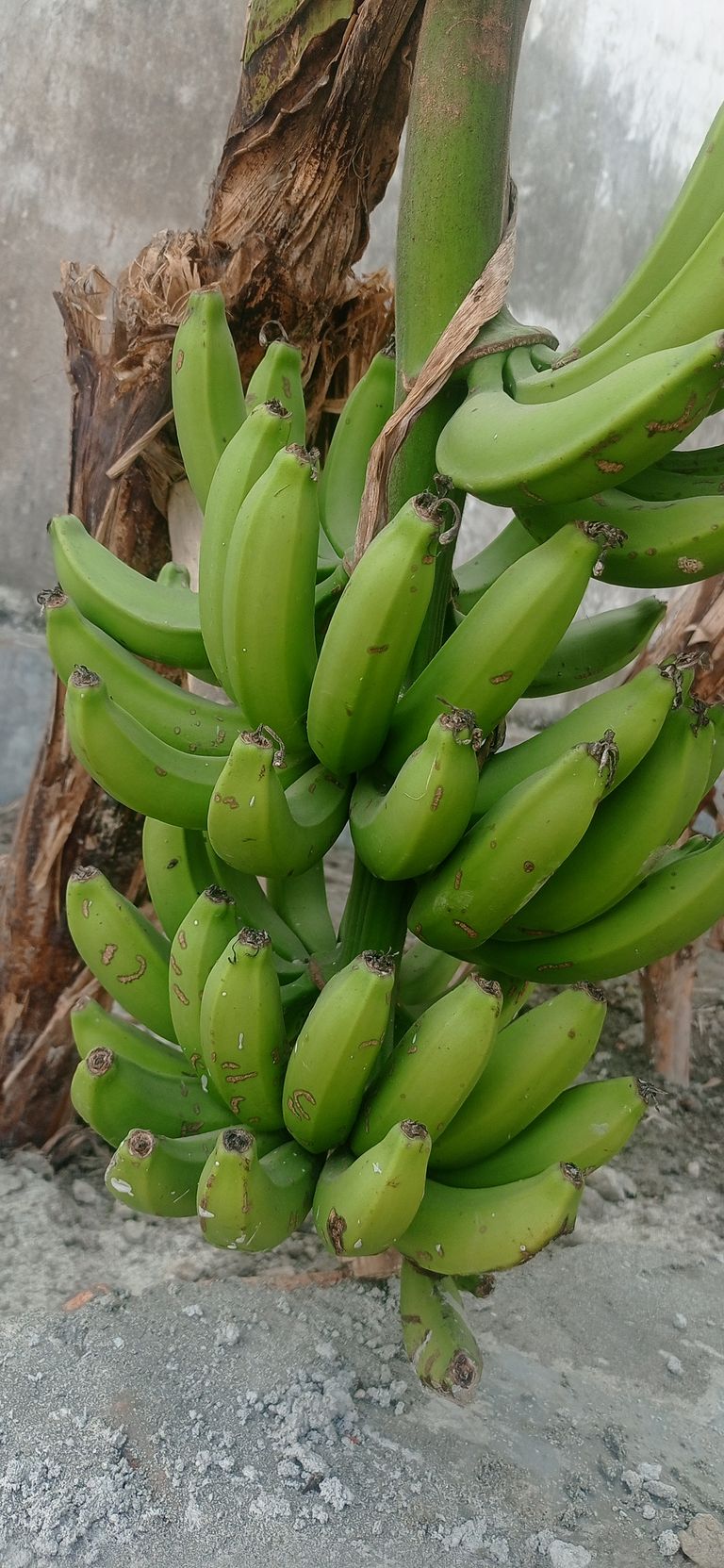
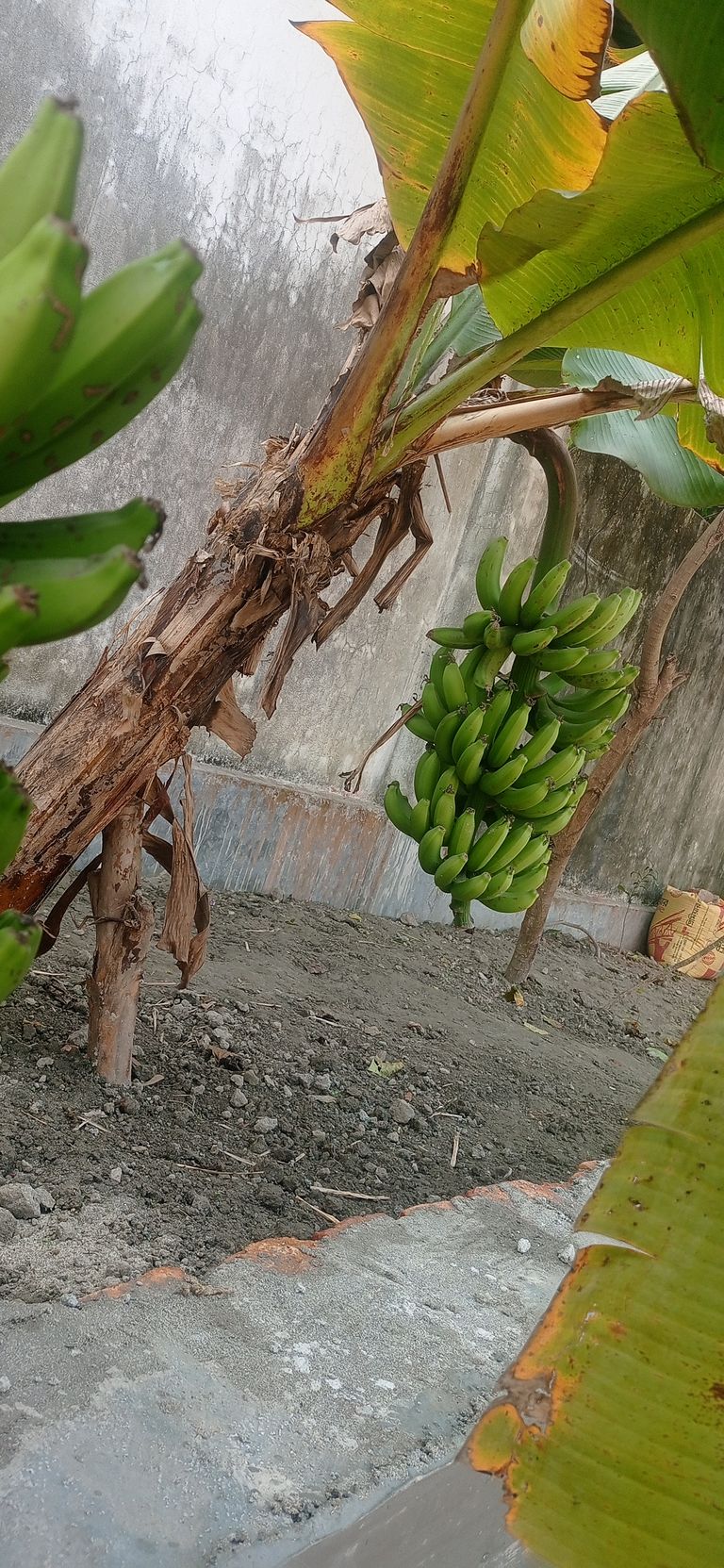
Promotes Gut Health: Plantains contain both soluble and insoluble fiber, which are beneficial for the digestive system. Soluble fiber helps regulate blood sugar levels and lowers cholesterol, while insoluble fiber aids in bowel regularity by adding bulk to the stool. The fiber in plantains also supports the growth of beneficial gut bacteria, contributing to improved gut health and digestion.
Supports Weight Management: Plantains are a filling food due to their fiber content and their slow digestion process. This makes them an excellent choice for those seeking to manage their weight. Eating plantains can help curb hunger and reduce the urge for unhealthy snacking between meals. Additionally, the complex carbohydrates in plantains provide long-lasting energy, making them a great option for maintaining energy levels throughout the day.
Rich in Antioxidants: The antioxidants found in plantains, including carotenoids and polyphenols, help protect the body against free radicals that can cause cellular damage. This contributes to reducing the risk of chronic diseases such as cancer, heart disease, and degenerative conditions.
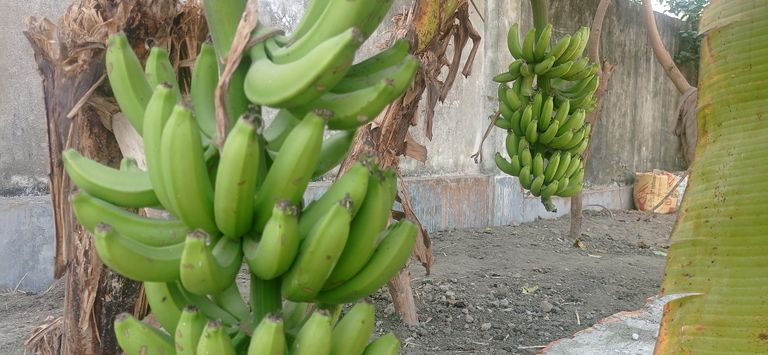
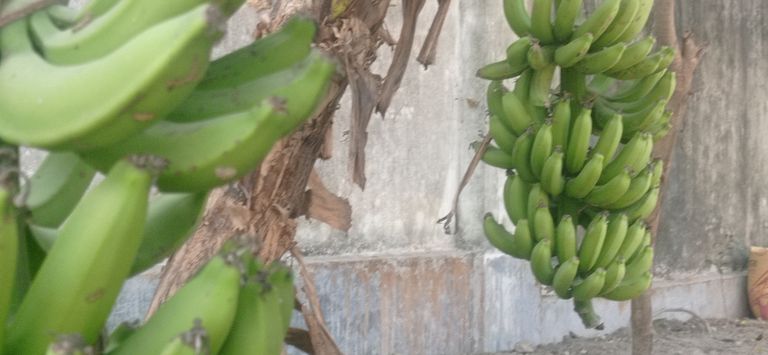
Plantains are grown in tropical and subtropical climates where temperatures remain relatively warm throughout the year. The cultivation of plantains requires specific environmental conditions and care for optimal yield.
Climate and Soil Requirements: Plantains thrive in areas with high rainfall and temperatures between 25-30°C (77-86°F). The ideal soil for plantain cultivation is deep, well-drained, and rich in organic matter. They prefer slightly acidic to neutral soils with a pH between 5.5 and 7.0. Additionally, plantains need regular watering but cannot tolerate waterlogging, as excessive moisture can lead to root rot.
Propagation: Plantains are typically propagated through the use of suckers, which are young shoots that sprout from the base of the mother plant. These suckers are selected for their health and vigor and are planted in prepared soil. It is important to choose disease-free suckers to prevent the spread of plantain diseases such as Panama disease. The suckers are planted at a spacing of about 1.5 to 2 meters apart to allow adequate room for growth.
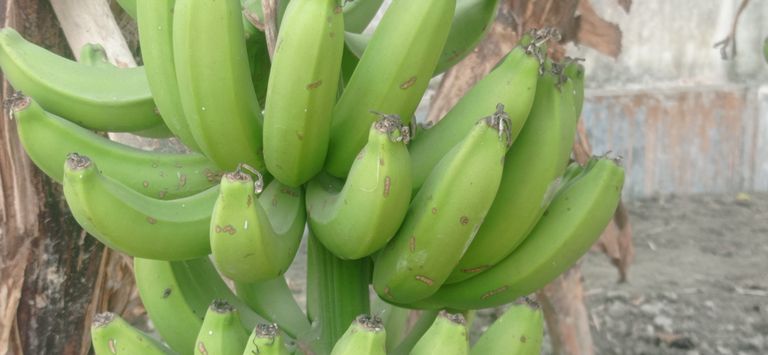
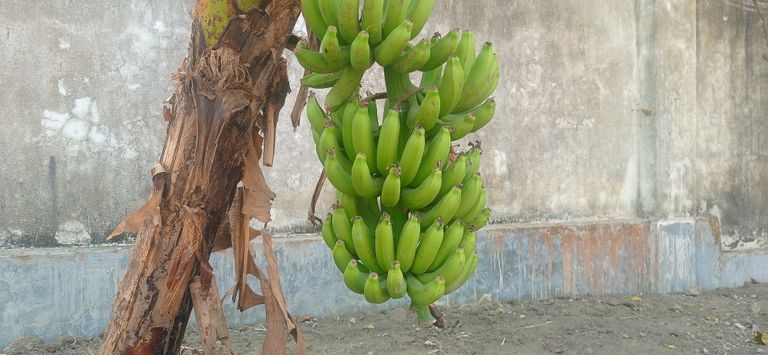
Care and Maintenance: Plantain plants require consistent care throughout their growing cycle. Regular weeding is important to reduce competition for nutrients and water. Fertilization is also crucial to support plant growth; organic compost or well-decomposed manure can be used to enrich the soil. In some areas, additional nitrogen, phosphorus, and potassium fertilizers may be applied to enhance growth and fruit development.
Pest and Disease Management: Plantains are susceptible to various pests and diseases, such as the banana weevil and fungal infections like black Sigatoka. Integrated pest management (IPM) practices, including the use of natural predators, crop rotation, and proper sanitation, can help minimize the impact of pests and diseases. Fungicides may also be used to manage fungal infections when necessary.
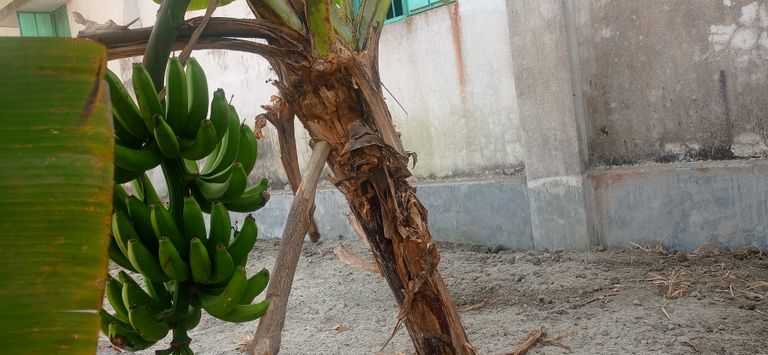
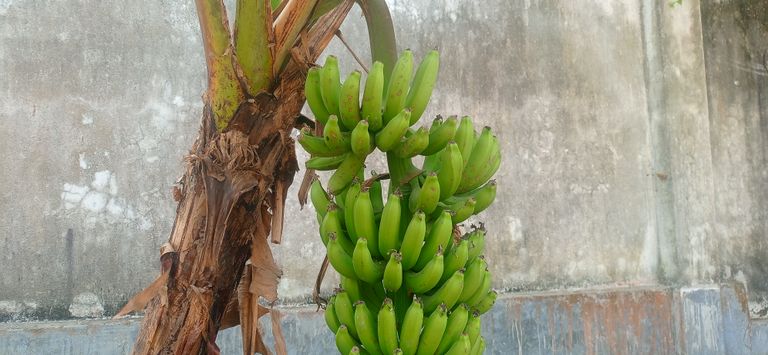
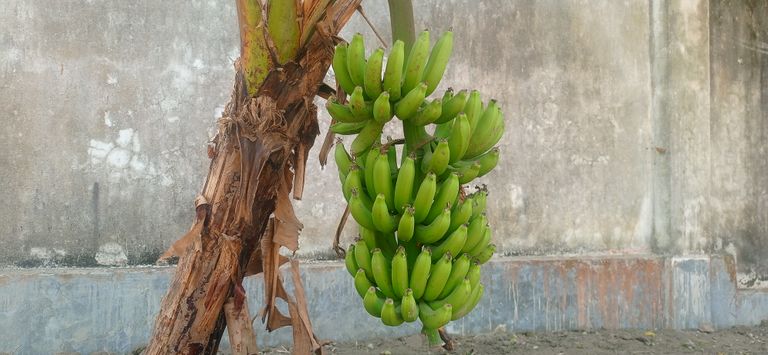
Harvesting: Plantains typically take 9 to 12 months to mature after planting, depending on the variety and environmental conditions. Harvesting occurs when the plantains reach their full size, but are still green. At this stage, they are firm and suitable for cooking. Unlike sweet bananas, which are eaten when ripe and yellow, plantains are typically cooked at various stages of ripeness, from green to fully ripe.
Post-Harvest Handling: After harvesting, plantains are often handled with care to avoid bruising. They can be stored in cool, dry places to prevent premature ripening. Depending on the market demand, plantains can be sold fresh or processed into products like chips, flour, or dried plantains, which increase their shelf life and versatility in cooking.
In conclusion, vegetable bananas or plantains are a highly nutritious and versatile food that offer numerous health benefits, from supporting heart health to improving digestive function. Cultivating plantains requires attention to climate, soil conditions, and pest management, making it a specialized agricultural practice in tropical regions. By incorporating plantains into the diet and supporting their sustainable cultivation, individuals can enjoy both their health benefits and their role in local economies.
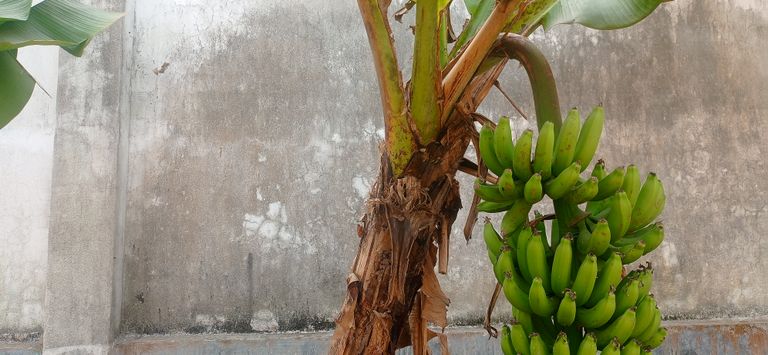
So far Today...
Stay Home
Thanks for Your Time Friend.
♥♥♥♥♥♥
Ok
See you Again in a New blog.
Thanks for being with me.
Plese Follow Me......
@mspbro
★★To contact me★★
Subscribe My 3speak Channel https://3speak.online/user/mspbro
Follow me Twitter https://twitter.com/mdsumonpra
Add me Facebook https://www.facebook.com/sumon.mim84